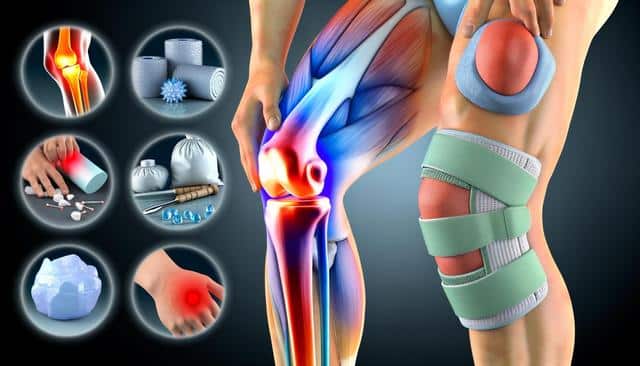Effective Knee Pain Treatment: Options for Lasting Relief
Understanding Knee Pain
Knee pain is a common condition experienced by people of all ages. It can be caused by several factors including injuries, arthritis, and overuse. Understanding the root cause of knee pain is essential for seeking effective treatment. This understanding helps in identifying whether the pain is due to ligament injuries, such as tears in the ACL or meniscus, or from degenerative conditions like osteoarthritis. Identifying the underlying issue allows for a more targeted approach, improving the effectiveness of the treatment plan. Among the most common symptoms are stiffness, swelling, inability to fully straighten the leg, and a grinding sensation when moving the knee. Proper diagnosis often involves physical examinations, imaging tests like X-rays or MRIs, and a discussion of symptoms and medical history with a healthcare professional at a ‘knee pain clinic near me’. Armed with this knowledge, patients can then explore various knee pain treatment options that best suit their specific condition.

Innovative Non-Surgical Treatments
Upon diagnosis, many people seek ways to alleviate knee pain without resorting to surgery. Enter non-surgical knee repair methods which have become quite renowned for their effectiveness. These treatments include physical therapy, which can significantly help in strengthening muscles around the knee, thus reducing pressure on the joint itself. Engaging in regular knee therapy is particularly beneficial, making it a well-regarded choice for individuals looking for ‘knee therapy near me’. Therapy sessions often involve exercises that improve balance, flexibility, and strength. Additionally, injection therapies such as corticosteroids and hyaluronic acid can help reduce inflammation and improve mobility. Another innovative treatment is platelet-rich plasma (PRP) therapy, which uses a concentration of a patient’s platelets to enhance the healing of injured joints. This treatment has shown promise in reducing pain and improving knee function. Integrating these non-surgical treatments can provide a comprehensive approach to managing knee pain effectively.
Surgical Options: When Are They Necessary?
While many knee pain issues can be managed with non-invasive methods, there are situations where surgical intervention may be necessary. Surgery might be considered when non-surgical treatments have failed to alleviate symptoms, or if the knee joint has suffered significant damage. Common surgical procedures include arthroscopic surgery, where a small camera is used to view and repair the joint, and partial or total knee replacement which involves substituting the damaged parts of the knee with artificial components. Patients are often apprehensive about surgery due to recovery time and risks, but it is important to note that these procedures can lead to significant pain relief and improved quality of life. Consulting with a specialized ‘knee pain clinic near me’ can provide clarity on whether surgery is a required step in one’s treatment plan.
Complementary and Alternative Therapies
For those seeking holistic approaches alongside traditional medical treatments, various complementary therapies may provide additional relief from knee pain. Acupuncture, for example, is a centuries-old technique that involves inserting thin needles into specific points on the body and has been recognized for alleviating pain in some individuals. Massage therapy can also help reduce tension and improve circulation around the knee. Another approach involves lifestyle adjustments, such as maintaining a healthy weight and staying active, which can play a crucial role in managing knee pain over the long term. Diet and supplements rich in omega-3 fatty acids and antioxidants may support joint health and reduce inflammation. Each individual may respond differently to these treatments, therefore experimenting with and combining different therapies under the guidance of healthcare professionals can lead to a personalized and effective solution for knee pain.
Looking Forward: Prevention and Maintenance
Preventing knee pain before it becomes a debilitating issue is an ideal strategy. This involves regular exercise tailored to strengthening the knee, such as swimming or cycling, which are low-impact activities that do not place undue stress on the joints. Footwear plays a pivotal role as well; wearing supportive shoes can help provide stability and reduce the strain on knees. Incorporating balance and agility exercises can also be beneficial in reducing the risk of falls and joint injuries. Regular check-ups at a ‘knee pain clinic near me’ can help in monitoring any changes in knee health and making timely adjustments to treatment plans. Ultimately, combining preventive tactics with effective treatment options is key to managing and overcoming knee pain, leading to enhanced mobility and a higher quality of life.
